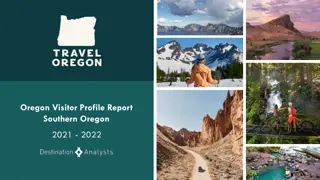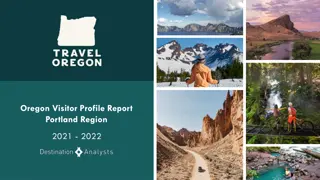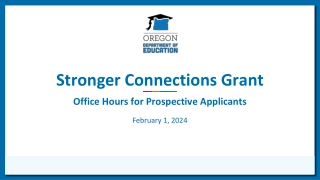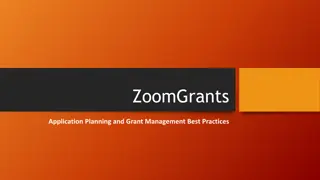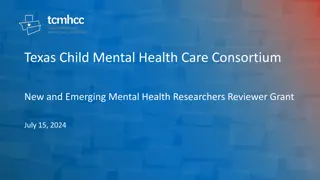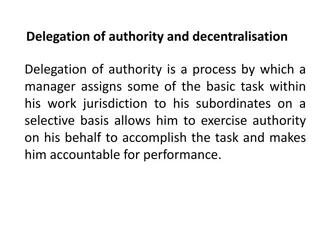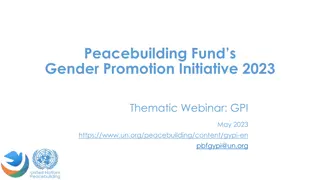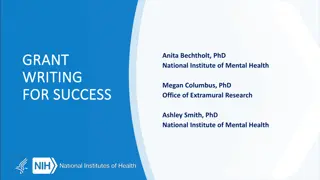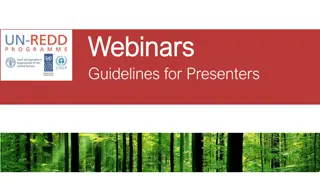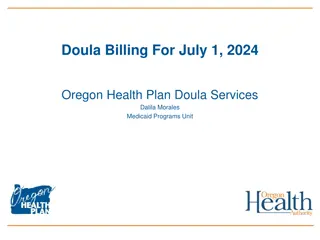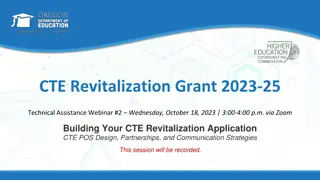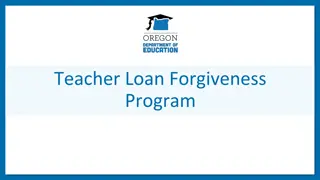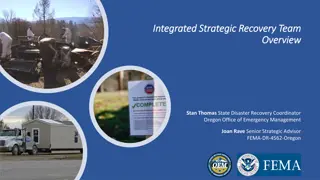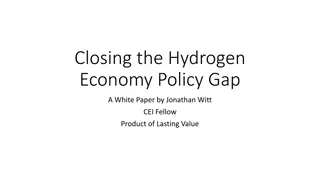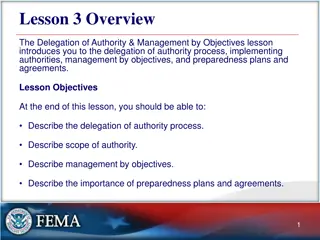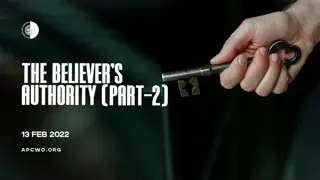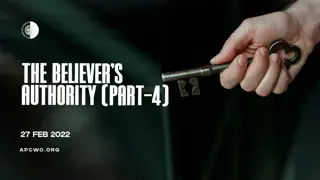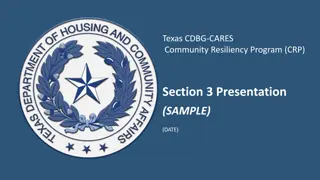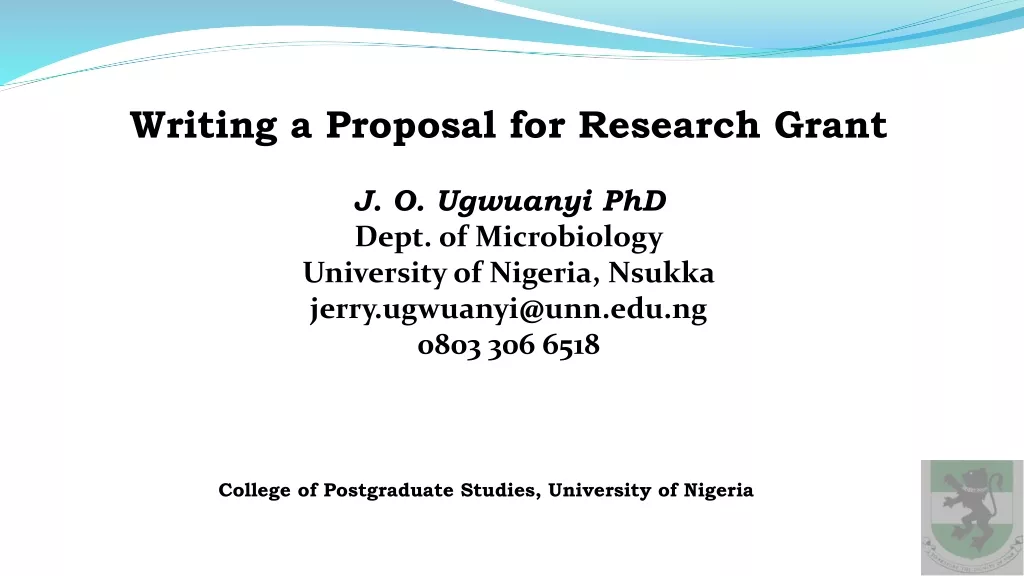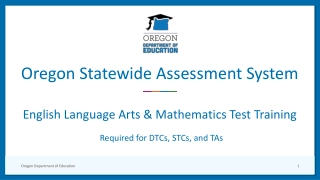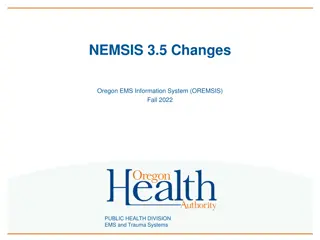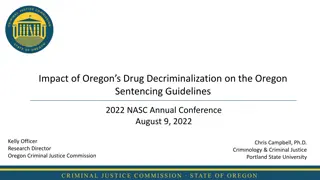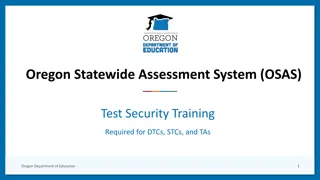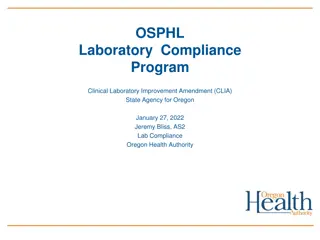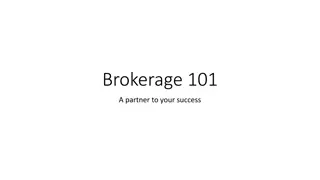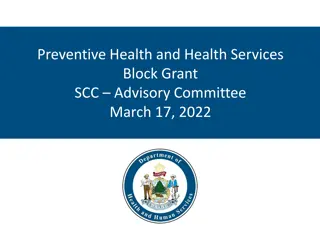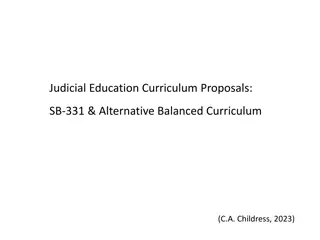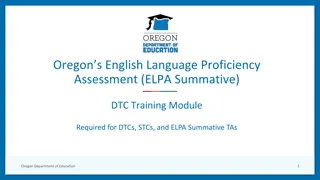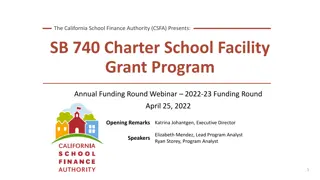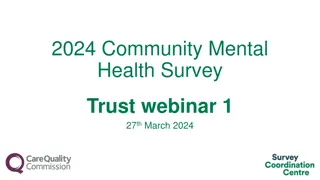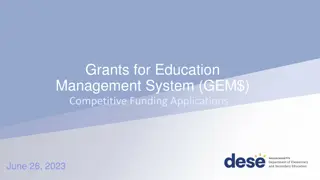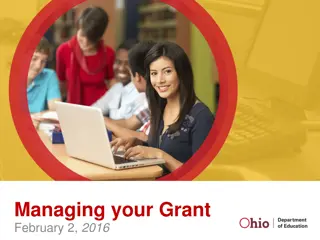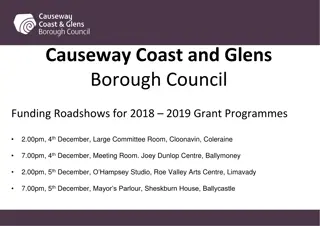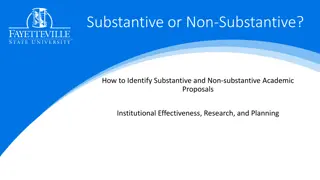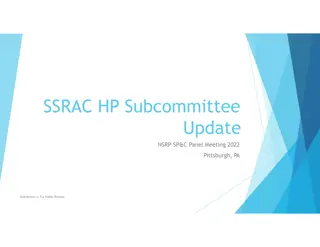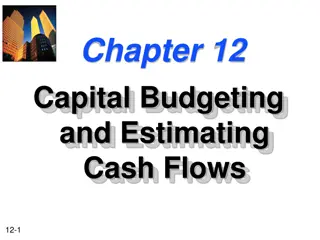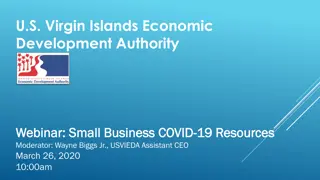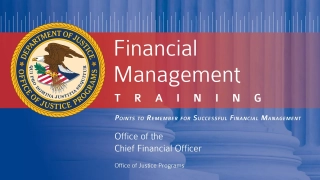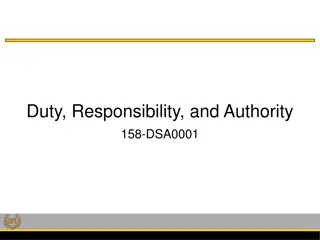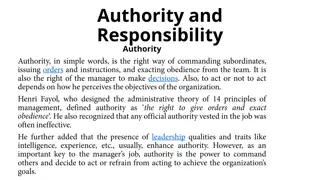Oregon Health Authority Measure 110 Grant Proposals Webinar Overview
Oregon Health Authority (OHA) hosted a webinar on Measure 110, focusing on Behavioral Health Resource Networks (BHRNs) and grant proposals. The webinar featured introductions to OHA staff, details about Measure 110, BHRN structure, Q&A session, and contact information for grant-related queries. Measure 110 aims to provide substance use disorder services through a health-based approach, removing criminal penalties for low-level drug possession. OHA established a fund to finance Recovery Centers and grants for community-based services.
Download Presentation

Please find below an Image/Link to download the presentation.
The content on the website is provided AS IS for your information and personal use only. It may not be sold, licensed, or shared on other websites without obtaining consent from the author. Download presentation by click this link. If you encounter any issues during the download, it is possible that the publisher has removed the file from their server.
E N D
Presentation Transcript
Measure 110 Behavioral Health Resource Networks Request for Grant Proposals Webinar November 15, 2021
Today s goals: Introductions to the OHA staff Provide background and information on Measure 110 Provide information on the structure and function of Behavioral Health Resource Networks (BHRN s) Answer your questions Direct you to further information Welcome! 2
Angela Carter, ND: Program Manager for Measure 110 Jessica Carroll: Program Lead for Measure 110 Coral Ford: Contracts and Procurement Walter Bailey: Advisory Council Coordinator We are all here to help you and answer questions as best as we are able Introductions We understand that you may have frustrations with the grants process. We want to hear from you to improve our process, but we ask that you bring your concerns directly to us and not use this forum to assure that everyone has time to ask questions and receive information. 3
For questions about the request for grant proposals: (503) 373-7313 coral.d.ford@dhsoha.state.or.us coral.d.ford@dhsoha.state.or.us For general questions about Measure 110: OHA.Measure110@dhsoha.state.or.us OHA.Measure110@dhsoha.state.or.us Contacts For assistance connecting with resources for grant proposals: BRENDA.L.PEARSON@dhsoha.state.or.us BRENDA.L.PEARSON@dhsoha.state.or.us For accessibility questions or concerns, or to receive the RFGP in a different format: dhs-oha.publicationrequest@state.or.us dhs- 503-378-3486 (voice) 503-378-3523 (TTY) dhs-oha.publicationrequest@state.or.us oha.publicationrequest @state.or.us dhs-oha.publicationrequest@state.or.us 4
November 2020, Oregon voters passed by referendum Measure 110, or the Drug Addiction Treatment and Recovery Act. Measure 110 The purpose of Measure 110 is to make screening, health assessment, treatment and recovery services for Substance Use Disorder available to all those who need and want access to those services; and to adopt a health approach to substance use by removing criminal penalties for low-level drug possession. 5
Oregon Health Authority (OHA) established a Treatment and Recovery Services fund, financed with cannabis revenues, to fund new statewide Recovery Centers and Community Access to Care grants. $302 million for the 21-23 biennium. Measure 2 grants programs: Grants program to fund the ARC s now BHRN s Grants program to increase access to community-based services: Access to Care 110 6
Established: Oversight and Accountability Council to oversee the distribution of the grants, with OHA providing technical, logistical and all other necessary supports to the council. Measure 110 A 24/7 Telephone Recovery Line, which is staffed by Lines for Life 7
Renamed Addiction Recovery Centers to Behavioral Health Resource Networks (BHRNs) Established the authority of the Oversight and Accountability Council to distribute grants to providers that would ensure access to culturally specific and linguistically responsive care for historically underserved populations. Senate Bill 755 Added details surrounding the newly created Class E Violation. Established Secretary of State Auditing Requirements. Clarified possession of substances and differentiated Class E violations, Class A misdemeanors, and felony charges depending on the quantity of substances in possession. 8
Oversight and Accountability Council (OAC) The OAC represents a departure from previous councils and advisory groups. The council has authority to make the decisions about the chapter 944 rules and the grants awards 22 members with a diverse set of experiences, the majority of Council Members have lived experience The Council has held themselves to a higher standard than required by statute and through weekly meetings have accomplished an impressive body of work in a relatively short amount of time 9
Behavioral Health Resource Networks 4% of this is set aside for the 9 Federally Recognized Tribes for use for BHRNs or Access to Care programs $278 million dollars dedicated to creating the BHRNs this biennium Funding will support the creation of county-based networks of care for substance use disorder and harmful substance use. M110 will continue to receive funding annually from cannabis revenue to perpetuate grant funding for the BHRNs in Oregon 10
Behavioral Health Resource Networks (BHRNs) will be a network of entities or single entity providing specified and unified services related to the healthy management of substance use concerns. Behavioral Health Resource Networks The following organizations may establish a BHRN together or individually and are eligible to apply for funding: Nonprofits Private Businesses Local Governments Nine Federally Recognized Tribes of Oregon Urban Indian Health Program 11
BHRN grant funding cannot supplant other funding sources. BHRNs must bill insurance for services where possible before using grant funds. Behavioral Health Resource Networks BHRNs are required to provide services that are: Trauma-Informed Harm Reduction focused Client-Based choices Individualized Culturally Specific Linguistically Responsive Free of charge to the client 13
Services to be provided must include but are not limited to: Screening for health and social service needs Screening and referral for substance use disorder Access to an individualized intervention plan Case management Behavioral Health Resource Networks Low-barrier substance use disorder treatment Harm reduction services Peer-supported services Housing Mobile and virtual outreach Referral to appropriate outside services 14
Grant Funds may also be used to build capacity to establish BHRNs, including but not limited to: infrastructure development operations startup costs workforce expansion technical assistance including but not limited to: building capacity for culturally and linguistically responsive services through education and training, metrics collection, program compliance and reporting. Behavioral Health Resource Networks 15
BHRN Grants Timeline Notification to Applicants RFGP for BHRNs Approved by OAC Responses Due October 20, 2021 December 9, 2021 February, 2022 November 9, 2021 January 10, 2021 February, 2022 Executed Contracts RFGP Posted Review Completed 16
OHA posted the RFGP on November 9th, 2021 on OregonBuys https://oregonbuys.gov/bso/external/bidD etail.sdo?docId=S-44300- 00001209&external=true&parentUrl=clos e OHA will gather questions submitted and post a Question and Answer document on OregonBuys by approximately November 19, 2021. Timeline OHA will release an Evaluation Rubric, which includes evaluation criteria by approximately November 19, 2021. The Evaluation Rubric will be issued through an Addendum to this RFGA on OregonBuys. 17
Grant Applications must be submitted to the OHA by December 9, 2021 at 5:00 pm (PST). Applications must be sent via email to the RFGA SPC at coral.d.ford@dhsoha.state.or.us. OAC will review Grant Applications as they arrive. No decisions will be made until all applications are received, read and scored to ensure equity. Timeline OAC will connect interested county/tribal entities, and reach a final determination of awards by approximately January 10, 2022. OHA anticipates that Grant Agreements will be effective as early as February 10, 2022, but this date is subject to change. 18
BHRNs will receive a template for the following: MOUs between entities ROI s between entities ROI s between the BHRN screeners, the OHA and the Courts Operational Policies Reporting BHRN Tools 19
BHRNs will collaborate to create Memorandums of Understanding (MOU) between all entities outlining policies pertaining to: Referrals between entities Entity Roles Client Confidentiality Reporting agreements Communication Plans Dispute Resolution BHRN MOU Requirements MOU s must be received by the OHA within 30 days of grant agreements 20
BHRN entities will create policies as outlined in Chapter 944 using a template provided by the OHA Culturally and Linguistically Specific Services Culturally and Linguistically Responsive Services Accessibility for People with Intellectual and Developmental Disabilities Accessibility for People with Physical Disabilities Gender Affirming and Responsive Care LGBTQIA2S+ Affirming and Inclusive Services Youth Friendly and Inclusive Services Patient Centered and Non-Stigmatizing Services, including on use of person-first, non-stigmatizing language Trauma informed engagement and care Services for parents with young children BHRN Policy Requirements 21
Financial recordkeeping subject to inspection and audit by the Secretary of State Audits Division upon request. Additional financial reporting shall be followed as outlined in each grant agreement or contract. (A) Number of clients with substance use disorder receiving services from each network or recipient; (B) Average duration of client participation and client outcomes; (C) The number of individuals seeking assistance from the network or recipients who are denied or not connected to substance use disorder treatment and other services, and the reasons for the denials; (D) The average time it takes for clients to access services and fulfill their individual intervention plan and the reason for any delays, such as waiting lists at referred services; (E) Whether the average time to access services to which clients are referred, such as housing or medication assisted treatment, has increased or decreased since network or recipient received funding; and (F) Demographic data on clients served, including self-reported demographic data on race, ethnicity, gender, and age. Each network or funding recipient shall collect data in accordance with OAR 943 Division 070. (b) Each BHRN funding recipient will submit a summary of how demographics are collected, including any tools used and the staff person or network entity who will collect the data. The summary shall include justification for the approach. (c) Additional client, client service, and client outcome reporting requirements shall be followed as outlined in each grant or funding agreement or contract. (d) Licensed or certified behavioral health treatment providers that are part of a network or a recipient of grants or funds, shall report the entry of all clients on the mandated state data system. BHRN Reporting Requirements 22
Prior to Grant Agreements being signed, Recipient entities must provide proof through a Certificate of Insurance, of meeting the minimum Insurance Requirements, which includes: $1,000,000 per occurrence and $2,000,000 in the aggregate in Commercial Liability Insurance; and $1,000,000 per occurrence and $2,000,000 in the aggregate in Professional Liability Insurance. All non-governmental entities submitting an application must be registered with the Oregon Secretary of State. BHRN Insurance Requirements 23
BHRNs Grant Questions Subsection 1: Demographics questions for the BHRNs Subsection 2: Detailed Questions for the full BHRN Subsection 3: Individual Entities questions A. Substance Use Disorder Treatment B. Peer support, mentoring, and recovery services C. Housing Services D. Harm Reduction Intervention E. Supported Employment Subsection 4. Proposed Budget 24
Subsection 1: Demographics questions for the BHRNs 25
Please create a spreadsheet of the following information for each of the entities in the BHRN: County or Tribal area proposed for the BHRN (If your entity will serve more than one county or tribal area, please submit your part of the application with each BHRN application for each area): Tribe/Entity name(s) within the proposed BHRN: Entity(s) name DBA (if different from above): Fiscal sponsor organization(s) name (if applicable): Address(es): Tax ID, EIN or FIN for each org in the BHRN: Contact name(s) for each entity: Contact email(s) and phone(s) for each entity: Authorized signature name(s) for each entity: Authorized signature email(s) for each entity: Number of individuals currently served on average per month: List all Population(s) that your entity focuses on serving: Please list the services each entity will provide Demographics 26
Subsection 2: Detailed Questions for the full BHRN 27
How will you work together? We are looking for collaboration in this section between BHRN entities on how the group will create an appropriate holistic setting for care and support to take place. Detailed Questions It may serve to think about these questions in context of the MOUs that will be required. 28
A. Substance Use Disorder Treatment Subsection B. and recovery services Peer support, mentoring, 3: Individual Entities Questions C. Housing Services D. Harm Reduction E. Supported Employment
Individual Entities Questions Each entity will fill out the section according to what services they will provide. If an entity will provide more than one service, they should fill out each appropriate section for the entity If multiple entities will provide the same service in a BHRN, each entity shall fill out the appropriate section If an entity will take part in multiple BHRNs, they must submit the appropriate questions with each county s BHRN grant application 30
A. Substance Use Disorder Treatment 31
B. Peer Support, Mentoring, and Recovery Services 32
Budget Please provide an 18-month budget for each entity in the BHRN using the template provided in the RFGP Budgets should be decentralized and specify the needs of each entity individually Grant agreements will be dependent on BHRN membership, but funds will be received by each entity individually 36
For questions about the request for grant proposals: (503) 373-7313 coral.d.ford@dhsoha.state.or.us coral.d.ford@dhsoha.state.or.us For general questions about Measure 110: OHA.Measure110@dhsoha.state.or.us OHA.Measure110@dhsoha.state.or.us Contacts For assistance connecting with resources for grant proposals: BRENDA.L.PEARSON@dhsoha.state.or.us BRENDA.L.PEARSON@dhsoha.state.or.us For accessibility questions or concerns, or to receive the RFGP in a different format: dhs-oha.publicationrequest@state.or.us dhs- 503-378-3486 (voice) 503-378-3523 (TTY) dhs-oha.publicationrequest@state.or.us oha.publicationrequest @state.or.us dhs-oha.publicationrequest@state.or.us 37
Questions? 38


